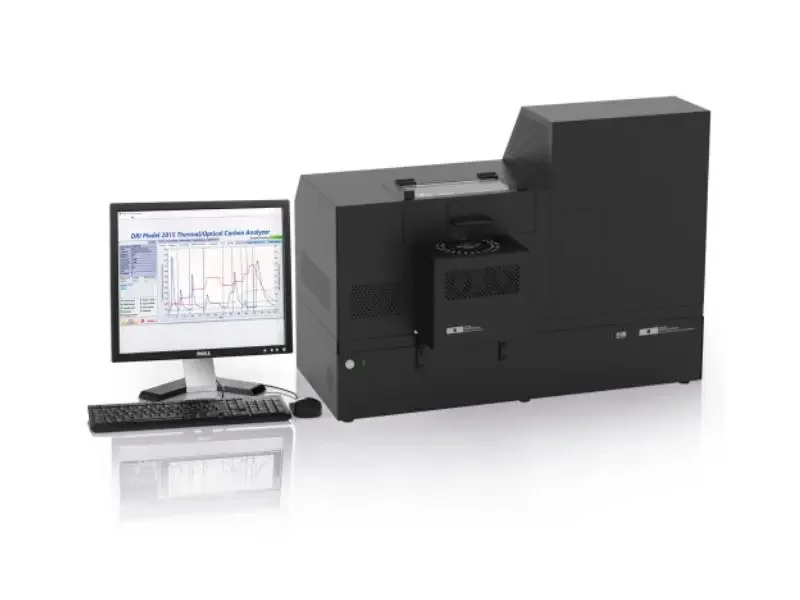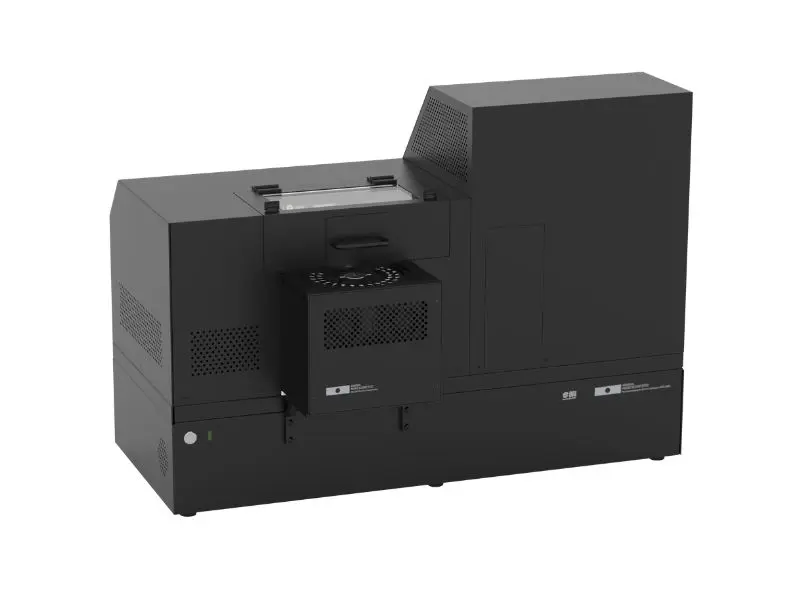DRI 2015 Series 2 analyses aerosol filters using thermal-optical oxidation protocols while simultaneously measuring light transmission and reflectance at seven wavelengths. OC charring effects are accounted for optically.
Programs support widely used protocols like IMPROVE and NIOSH, or user-defined protocols. Optical multi-wavelength data allow inferring Brown Carbon presence.
Hardware upgrades in Series 2 (since 2022) include faster ovens, enhanced sensors, and modern software for reduced downtime and enhanced analytical rigor.
Data sheets and specifications are subject to change, and Enviro Technology cannot be held responsible for inaccuracies in manufacturer-issued data sheets. To confirm specifications and obtain the latest issue of the data sheet, please contact us.
Datasheets
Measurement Principle
Thermal‑optical carbon analysis is performed as the filter is progressively heated through defined temperature stages in controlled atmospheres. Simultaneous optical monitoring across R and T channels at seven wavelengths quantifies charring and Brown Carbon. Data support multi-protocol OC/EC determination.
Specifications
- Wavelengths: 405, 445, 532, 635, 780, 808, 980 nm
- Protocols: IMPROVE_A, EUSAAR_2, NIOSH or customisable
- Minimum detection limits: OC ~0.10 µg/cm²; EC 0.08 µg/cm²; Total Carbon ~0.18 µg/cm²
- Physical size: 44 × 92 × 41 cm; Weight ~50 kg; Power: 100–240 VAC, <1000 W max; IP20 rating & indoor only

